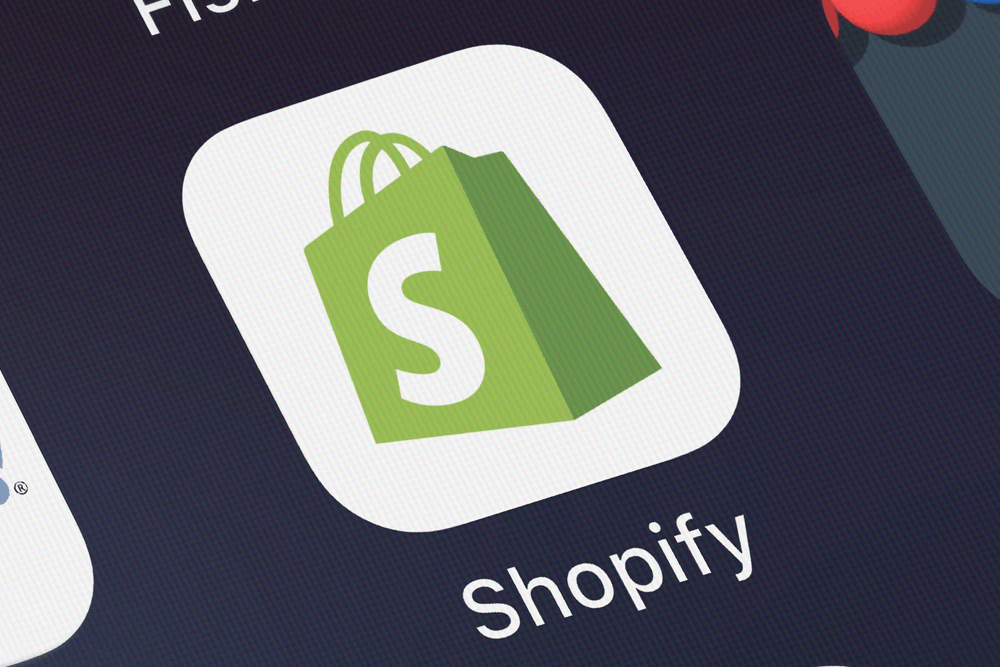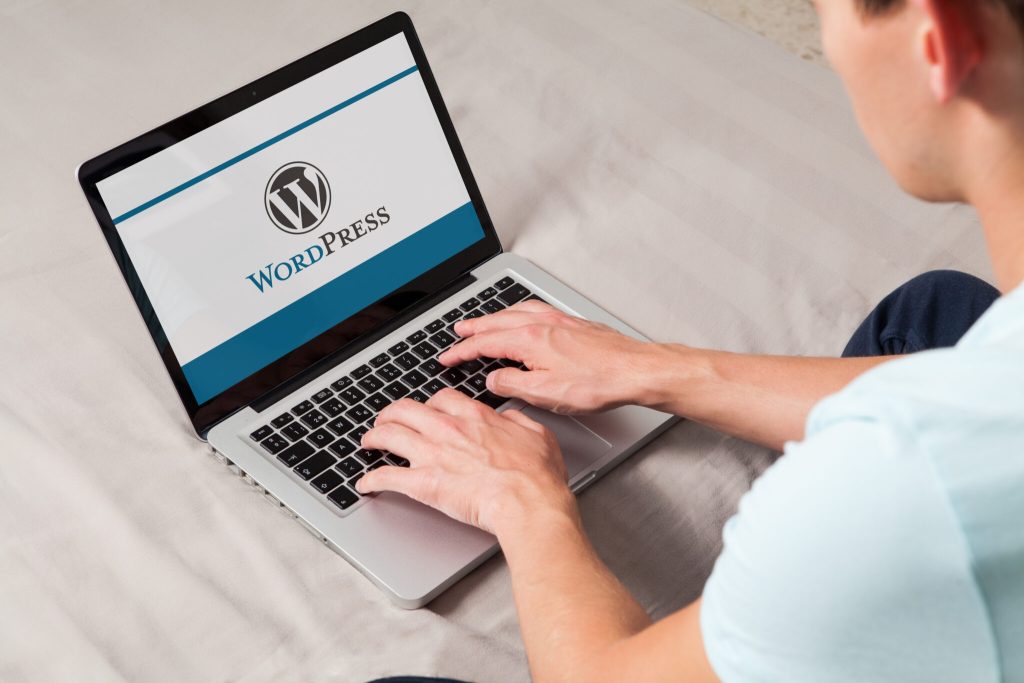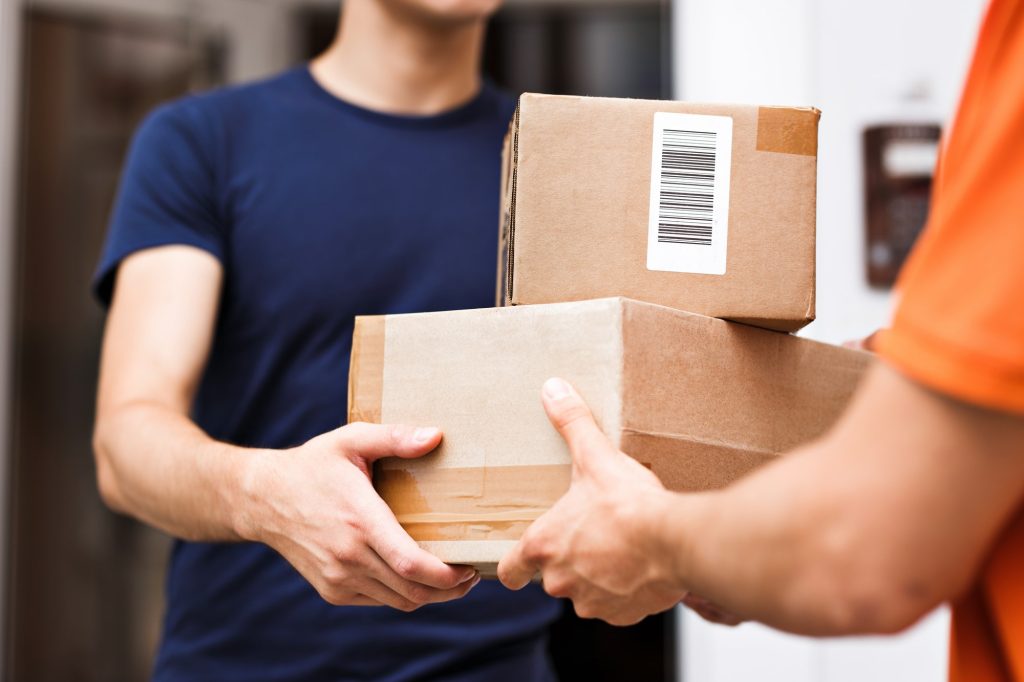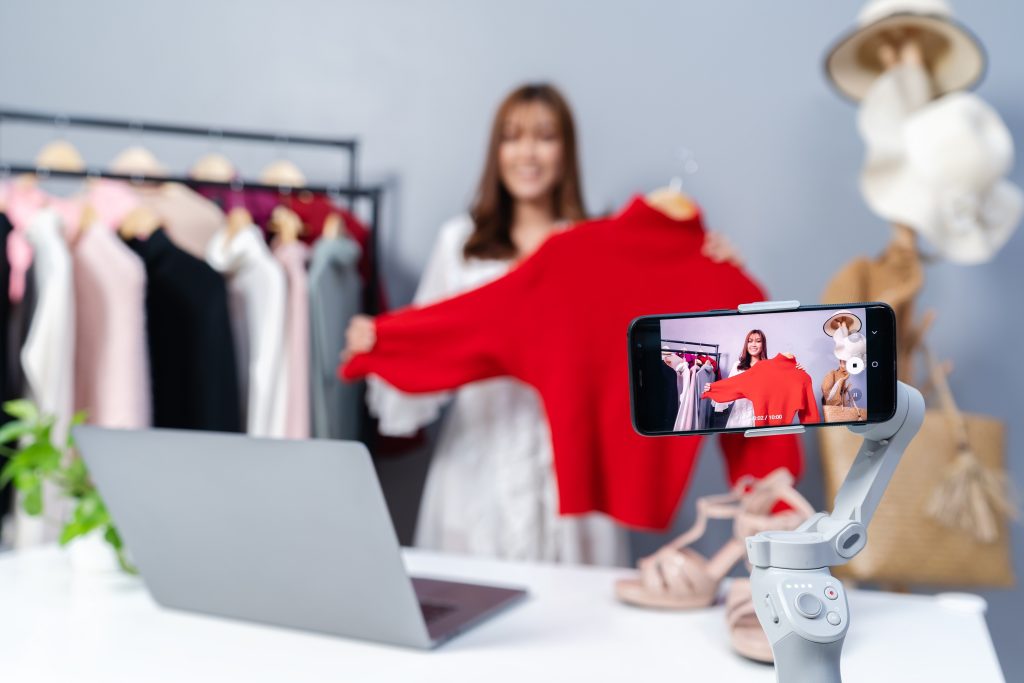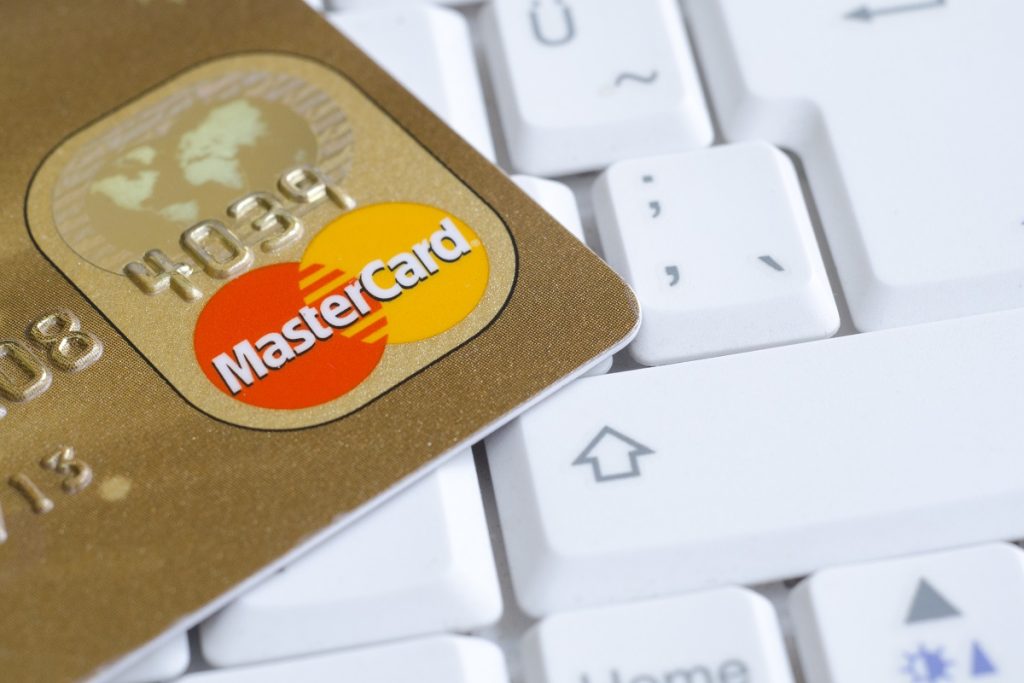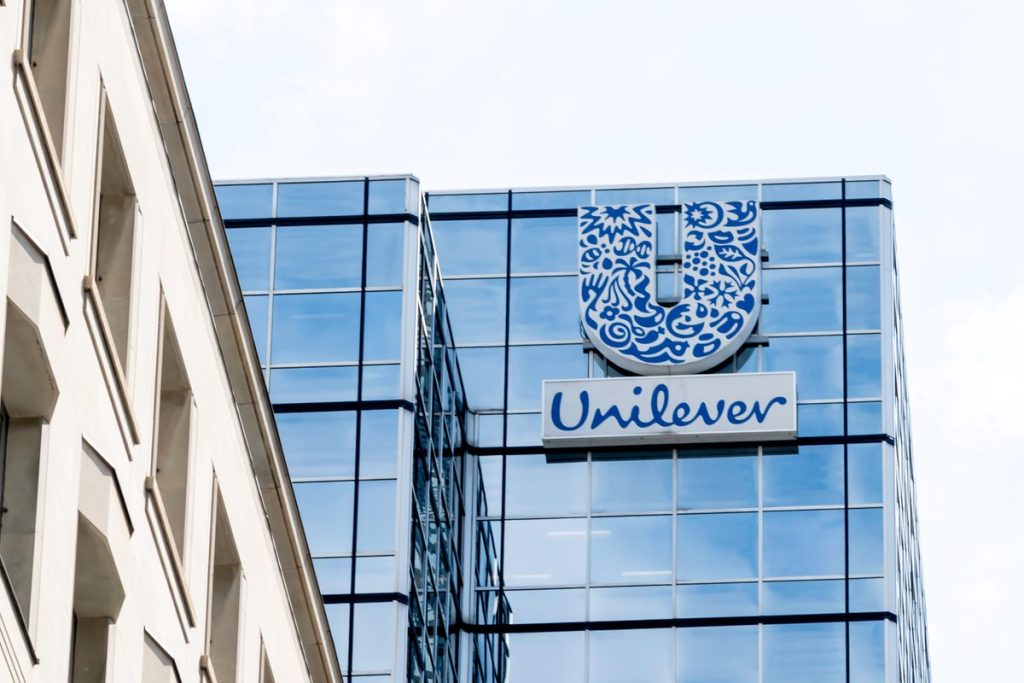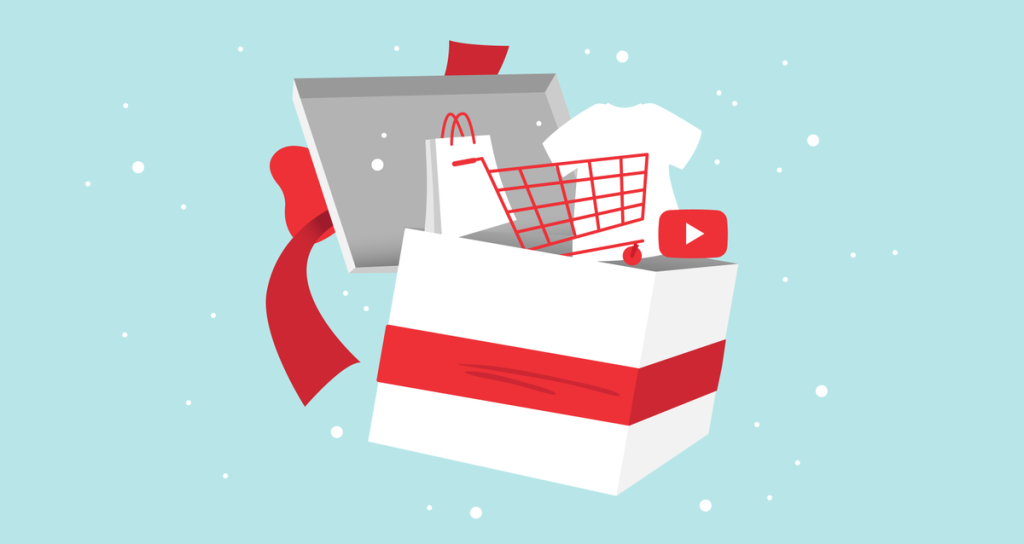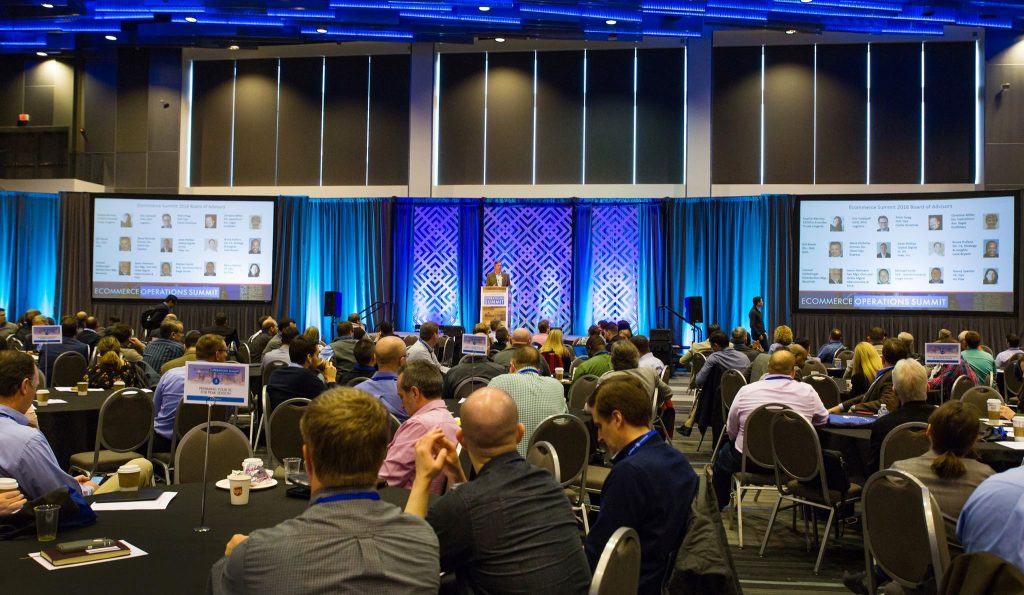
The past two years have been highly challenging for the event industry, thanks to COVID-19. This will probably continue into the foreseeable future.
However, even COVID-19 hasn’t stopped eCommerce advocates from coming together to share the latest trends and practices of eCommerce. If there’s one positive effect of COVID, it’s the rapid increase in eCommerce usage worldwide and the ability of businesses to adapt their practices to cope with large numbers of people ordering their products from the comfort and safety of their homes.
Top eCommerce Events for 2022:
- Sell + Scale Summit
Location: Las Vegas, NV
Date: September 19-22, 2022
The conference will bring together a community of growing and established sellers, industry experts, and guest speakers for unparalleled education and networking.
- iMedia Online Retail Summit New Zealand
Location: Taupo, New Zealand
Dates: 22 – 24 August 2022
The iMedia Online Retail Summit NZ is an invite-only event for the leading senior eCommerce professionals in New Zealand. The 2.5-day event will include one-on-one meetings, breakout sessions, and interactive roundtable.
- ECPAKLOG E-Commerce Packaging & Supply Chain Expo
Location: Shanghai, China
Dates: 21 – 23 September 2022
The event takes a look at the products, technologies, and services needed by the eCommerce industry. It also explores the challenges and future trends of the industry.
- China (Shenzhen) International Cross-border eCommerce Supply Chain Fair 2022
Location: Shenzhen, China
Dates: 22 – 24 September 2022
This event is aimed at small and medium-sized foreign trade factories that are in urgent need of transforming and upgrading their import and export cross-border eCommerce platforms.
- eCommerce Expo
Location: London, UK
Dates: 28 – 29 September 2022
Whether you’re a multichannel, pure play, B2B, or B2C retailer or brand, this in-person event is a must. There will be eight conference theaters with diverse streams and sessions as well as real sessions with a real audience and many unique networking opportunities.
- White Label World Expo (New York)
Location: New York, USA
Date: 29 September – 30 September 2022
The White Label World Expo is the leading US wholesale, eCommerce, and product branding event. It showcases the latest and most effective strategies and innovations in retail and emerging markets. It’s anticipated that 2022’s event will attract about 10,000 attendees, and 400 suppliers.
- eCommerce Expo Asia 2022
Location: Marina Bay Sands, Singapore
Dates: 12 – 13 October 2022
This event promises to be a one-stop show where attendees can learn more about the latest technologies and trends in the eCommerce industry.
- White Label World Expo Europe
Location: Frankfurt, Germany
Dates: 12 – 13 October 2022
The White Label World Expo will be held in Las Vegas, New York, London, and Frankfurt. In 2022, Frankfurt will play host to Europe’s event and will attract 8,000 visitors, 200 speakers, and 350 exhibitors. It aims to help online retailers find the hottest new white label products.
- Shoptalk Fall Meetup
Location: Online
Dates: 18 – 20 October 2022
The Shoptalk Fall Meetup lets online stakeholders in the retail community connect in a fun and open environment. There are over 2,500 participants from Europe and the United States who take part in double opt-in meetings and interactive small-group content. There are also “Tabletalks” led by moderators that look at issues facing the retail sector.
- Digital Customer Engagement Summit
Location: London, UK
Date: 20 October 2022
The Digital Customer Engagement Summit offers one-to-one business meetings, interactive seminars, and valuable networking opportunities, making it the ideal opportunity to nurture lasting professional relationships. It’s aimed at senior professionals in the customer services and IT/digital customer fields. In 2022, it will again be a hybrid event which means that virtual attendance options will also be available.
- Richmond E-Commerce Forum Autumn
Location: Rimini, Italy
Dates: 23 – 25 October 2022
The Richmond E-Commerce Forum Autumn is dedicated to business matching in the eCommerce sector. The event targets eCommerce professionals in Italy to bring together supply and demand, and share new ideas, solutions, and innovations with the sector.
- Advanced E-commerce & Retail Expo
Location: Makuhari Messe, Japan
Dates: 26 – 28 October 2022
Advanced E-Commerce & Retail Expo is Japan’s biggest IT trade show in autumn and is aimed at professionals from the retail sector as well as manufacturers and marketers. It will feature a wide range of products that include store operation, customer service, and store connection solutions.
- Ecommerce Warsaw Expo
Location: Warsaw, Poland
Date: 27 October 2022
The Ecommerce Warsaw Expo is described as the most important event for online sellers in Poland.
- Internet Commerce Summit and Awards
Location: Mumbai, India
Dates: 2 – 3 November 2022
The event planned for 2022 includes case studies, networking, CXO talks, cohort sessions, and exclusive sessions to help you analyze newer technologies and innovations.
- Customer Engagement Summit 2022
Location: London, UK
Date: 15 November 2022
The Customer Engagement Summit is described as Europe’s biggest customer engagement event.
